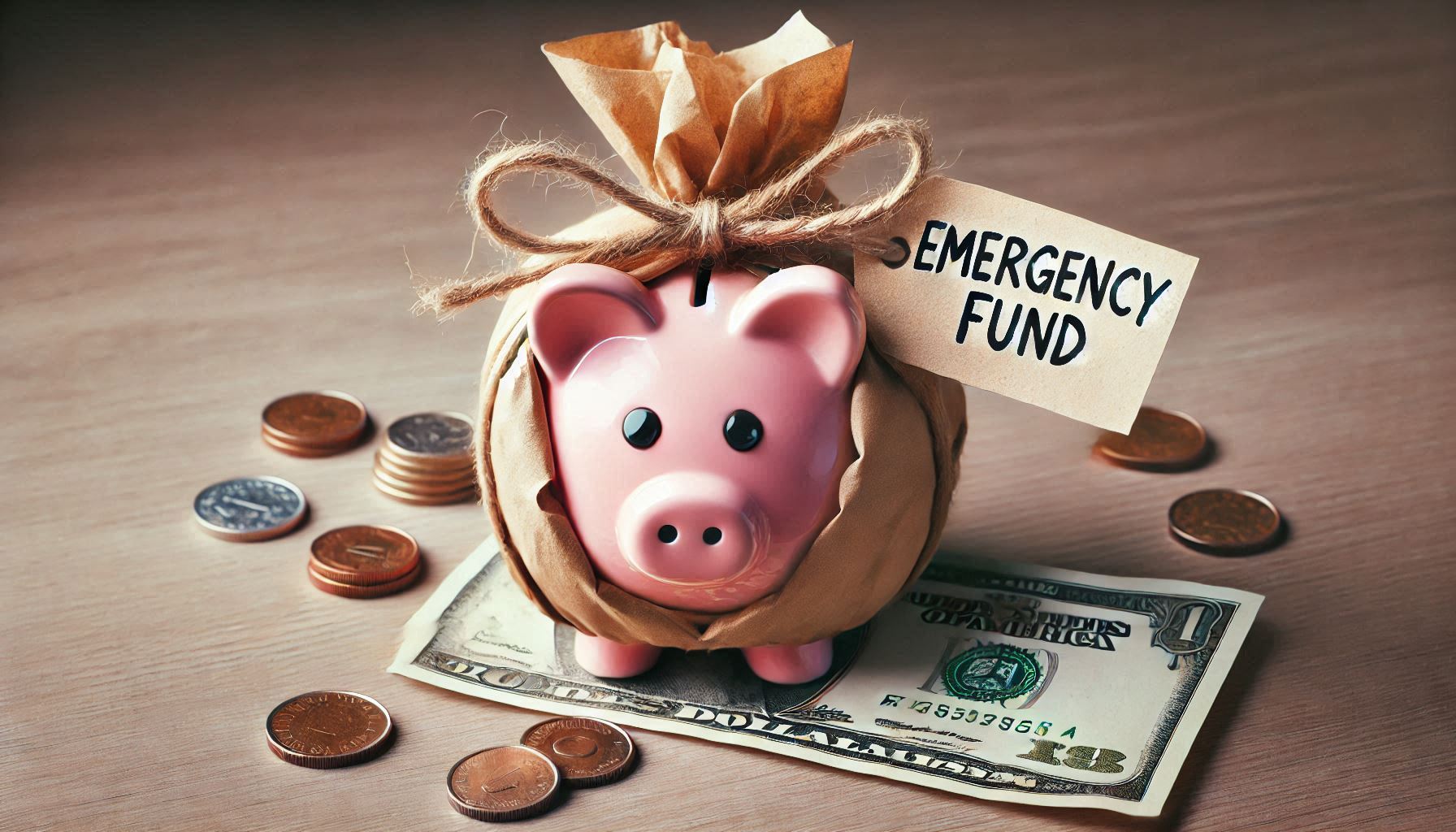Question: When I retired, I deposited the lump sum from my pension fund into the bank to use as an emergency fund. I am paying more income tax because of the interest I am receiving on this money. Is there a better way of managing my emergency fund, bearing in mind that I may need to access the funds quickly?
Answer: There certainly is a better way to manage your emergency fund. To understand my approach, let me explain a couple of investment principles.
Risk vs return
In any investment, you need to balance the risk that you’re taking against the returns that you would like to receive.
A bank deposit is a low-risk investment and as a consequence, the return potential is limited. Also, a large part of the interest that you receive on the bank deposit gets added to your taxable income every year and you will end up paying income tax on that. It is not always the best strategy to keep all your emergency funds in a bank deposit.
Volatility
An important feature of an investment is something called volatility. This is the extent to which the value of an investment goes up or down over a period of time. A bank deposit, for example, has a very low volatility and the rates typically remain the same unless there are changes to the repo rate.
An investment in shares, on the other hand, has a much higher volatility with the shares price going up and down on a daily basis. However, if you look at an investment in shares over a longer period, you will find that the general trend is usually up.
The key lesson from this is that the longer you remain invested, the less likely you are to lose money. As a result, understanding the timeframe of an investment can make a massive difference to your investment strategy and the potential returns that you can obtain.
Timeframe of your needs
With your emergency fund, you will have short-, medium- and long-term needs.
Your short-term needs would be items like copayments for a medical treatment, servicing your car or doing emergency repairs to your house.
Medium-term needs would be items like getting new tyres for your car or visiting the children overseas.
Long-term needs would be items such as replacing your car or changing homes.
By understanding the timeframe of your needs, you can structure your investment correctly. This should result in your getting better returns and paying less tax.

I would, therefore, recommend that you relook at your emergency fund and split it according to the correct timeframes. You should then speak to a financial adviser who can help you get the right investments in place. These would need to be rebalanced from time to time to ensure that your short- and medium-term investments have the right level of funds in them and can be readily accessed. DM
Kenny Meiring is an independent financial adviser. Contact him on 082 856 0348 or at financialwellnesscoach.co.za. Send your questions to kenny.meiring@sfpadvice.co.za.
This story first appeared in our weekly Daily Maverick 168 newspaper, which is available countrywide for R35.






